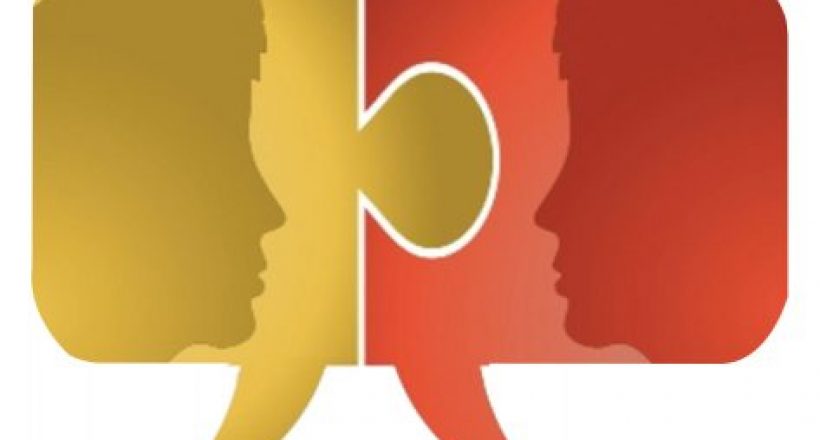
If you’re just craving ice and enjoy munching on ice chips, this isn’t particularly risky for you and your baby (as long as you don’t chip a tooth!).

Pica itself is not always harmful, but addressing its underlying causes can help prevent its associated risks. They also observed that many participants sought the nonfood items because they were appealing and felt the scent or taste helped alleviate their nausea. The researchers noted that some participants believed that the white clay and ice had nutritional value. The most common items consumed were white clay and ice. The study also found that 47.5 percent of the women had some form of pica during pregnancy.


Sometimes the increased demands of pregnancy may lead to a nutrient deficiency. Your body needs proper nutrition to support your pregnancy. One reason why your body might crave nonfood items is that you’re not getting adequate nutrient intake.ĭuring pregnancy, the foods you eat supply your own needs, as well as those of your growing baby. Some of its causes might explain why it’s more common in pregnant women.


 0 kommentar(er)
0 kommentar(er)
